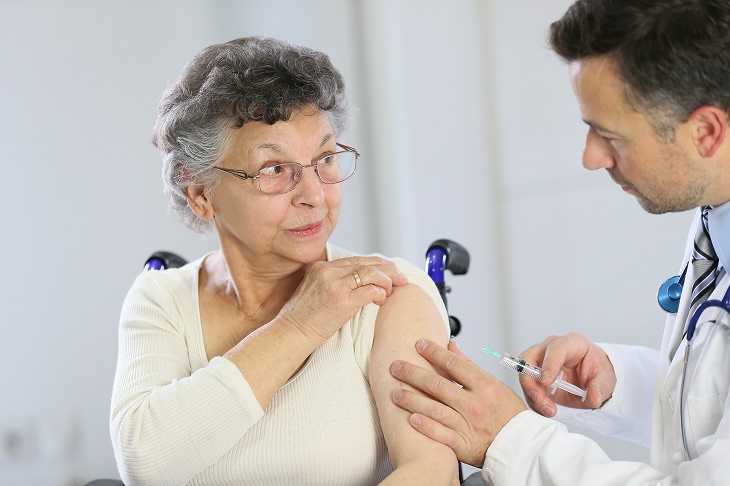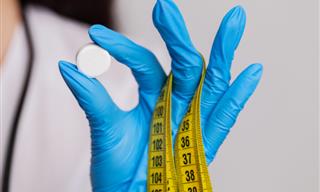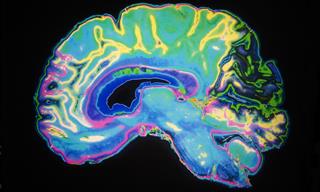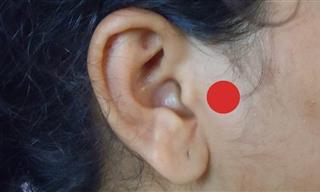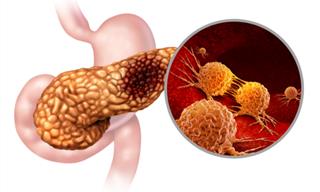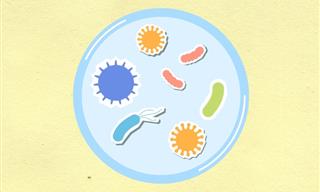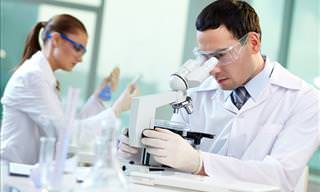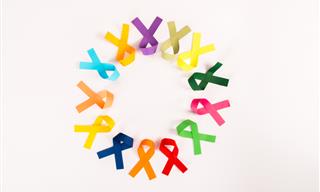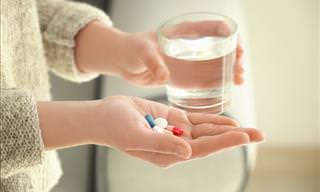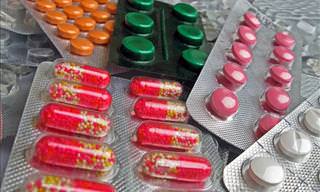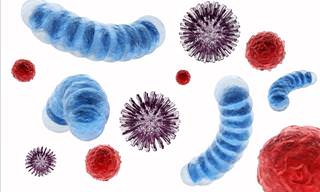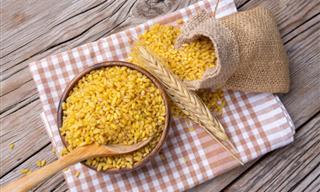How Does Antibiotic Resistance Occur?
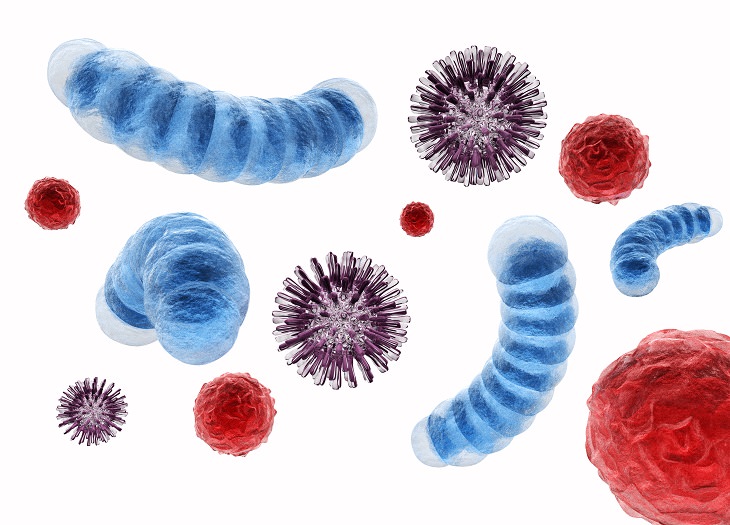
Antibiotic resistance is a natural phenomenon. When an antibiotic is being used, those bacteria that are able to resist it, have a much greater chance of survival than those that are susceptible. These susceptible bacteria are inhibited or killed by the antibiotic, resulting in selective pressure for the survival of resistant strains of bacteria.
Since it’s a natural process, some resistance occurs without human action, as bacteria are able to produce and use antibiotics against other bacteria, leading to a low-level of natural selection for resistance to antibiotics. However, the current high levels of antibiotic-resistant bacteria is down to the abuse and overuse of antibiotics. For example, in some countries, antibiotics can be bought without a doctor’s prescription and over the internet. Furthermore, patients sometimes take antibiotics unnecessarily, to treat viral illnesses such as the common cold.
How Bacteria Become Resistant
Bacteria can become resistant in two ways: 1) by genetic mutation or 2) by acquiring resistance from another bacterium.
Mutations, rare spontaneous changes of the bacteria’s genetic material, are thought to occur in about one in one million to one in ten million cells. Different genetic mutations yield different types of resistance. Some mutations enable the bacteria to produce potent enzymes that inactivate antibiotics, while other mutations eliminate the cell target that the antibiotics attack. Others close up the entry ports that allow antibiotics into the cell, and other mutations manufacture pumping mechanisms that export the antibiotic back outside so it never reaches the target.
Bacteria can gain antibiotic resistance genes from other bacteria in a number of ways. By undergoing a simple mating process known as conjugation, bacteria can transfer genetic material, including genes encoding resistance to antibiotics from one bacterium to another. Viruses are another mechanism for passing resistance traits between bacteria. The resistance traits from one bacterium are packaged into the head portion of the virus. The virus then injects these resistance traits into any new bacteria it attacks.
Any bacteria that acquires resistance genes, whether from spontaneous mutation or genetic exchange with other bacteria, has the ability to resist one or more antibiotics. Therefore, since bacteria can collect multiple resistance traits over time, they can become resistant to many different families of antibiotics.
Why is Antibiotic Resistance a Global Concern?

Increasing antimicrobial resistance to antibiotics threaten our ability to treat common infectious diseases, resulting in prolonged illness, disability, and even death. Without effective antibiotics to prevent and treat infections, medical procedures such as organ transplantation, diabetes management, cancer chemotherapy, and major surgery become a very high risk. It’s estimated that global deaths from antibiotic-resistant infections will hit 10 million a year by 2050.
To add to this, increasing antimicrobial resistance is increasing the cost of healthcare due to longer stays in hospitals and the requirement of more intensive health care.
Present Situation
Resistance to Bacteria
Klebsiella pneumoniae – This is a common intestinal bacteria that can cause life-threatening infections. This bacteria is a major cause of hospital-acquired infections such as pneumonia, bloodstream infections, and infections in newborns and intensive-care unit patients. This bacteria is usually treated with carbapenem antibiotics, but now, due to resistance, they only work on half of those suffering from K. pneumoniae infections all over the world.
E. coli – Fluoroquinolone antibiotics are often used for E.Coli infections, but there are now countries in many parts of the world where this treatment is now ineffective in more than half of patients.
Gonorrhoea – Cephalosporin antibiotics are now completely ineffective against Gonorrhoea in Australia, Austria, Canada, France, Japan, Norway, Slovenia, South Africa, Sweden and the United Kingdom.
Staphylococcus aureus – This common bacteria which causes severe infections in health facilities and the community is now resistant to the first-line drugs that used to be used to destroy them. People with MRSA are estimated to be 64% more likely to die than those with a non-resistant form of infection.
Resistance to Tuberculosis
WHO estimates that in 2016 there were 490,000 new cases of multi-drug resistant tuberculosis (MDR-TB) – a form of the disease that is resistant to the two most powerful drugs that is used to treat it.
MDR-TB requires treatment courses that are much lengthier and less effective than those for non-resistant tuberculosis. In 2016, only 54% of those who were suffering from MDR-TB were treated successfully.
Resistance to Malaria
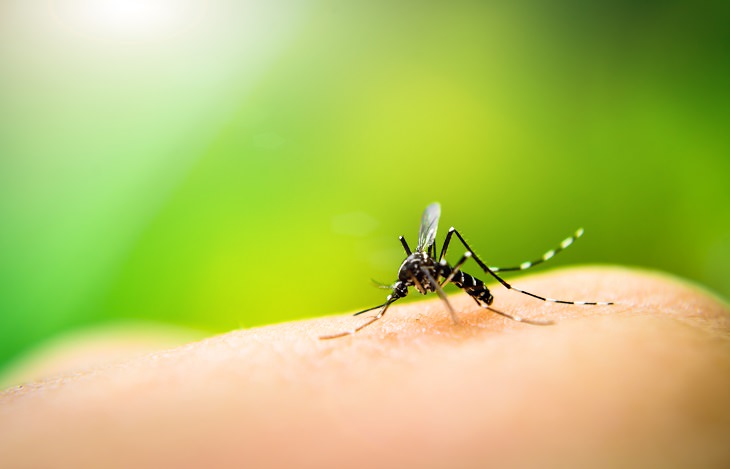
As of July 2016, resistance to the first-line treatment for P. falciparum malaria has been confirmed in 5 countries of the Greater Mekong subregion – Cambodia, the Lao People’s Democratic Republic, Myanmar, Thailand, and Vietnam.
In most places, patients with artemisinin-resistant infections recover fully after treatment, as long as they are treated with an ACT that contains an effective partner drug. However, along the Cambodia-Thailand border, P. falciparum has become resistant to almost all available antimalarial drugs, making treatment more challenging.
There is a real risk that multidrug resistance will soon emerge in other parts of the subregion as well. The spread of resistance to other parts of the world could pose a major public health issue and jeopardize important recent gains in malaria control.
Resistance to HIV
In 2010, an estimated 7% of people starting antiretroviral therapy (ART) in developing countries had drug-resistant HIV. In more developed countries, the figure was 10-20%. Some countries have recently reported levels at or above 15% among those starting HIV treatment, and up to 40% among those re-starting treatment.
Increasing levels of resistance have important economic implications as second and third-line regimens are 3-18 times more expensive than first-line drugs.
Resistance to Influenza
Antiviral drugs are important for treating epidemic and pandemic influenza. At the moment, virtually all influenza A viruses circulating in humans are resistant to one category of antiviral drugs – M2 Inhibitors (amantadine and rimantadine). However, the frequency of resistance to the neuraminidase inhibitor oseltamivir remains low at 1-2%.
What Are Scientists Doing to Combat This Problem?
In labs all over the world, scientists are in a race against time to cultivate new microbe-destroying molecules, but this is not an easy task by any means.
Finding New Antibiotics in Soil
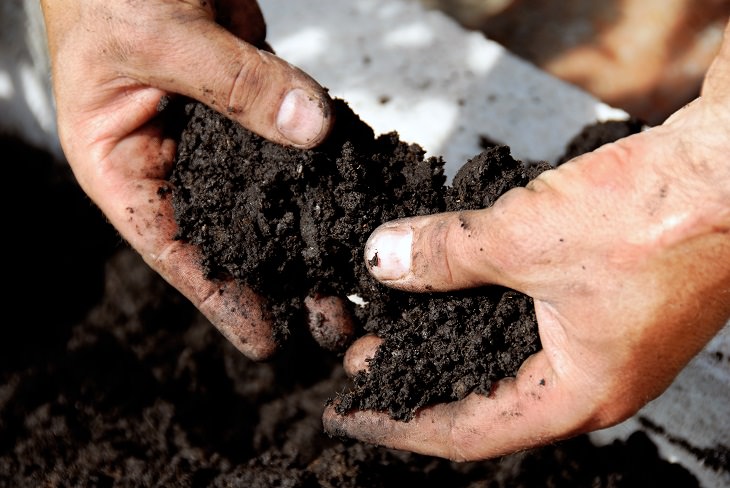
We all know that the modern medical era began when Alexander Fleming returned from a vacation to find that one of the petri dishes he forgot to put away was covered in a bacteria-killing mold – he had accidentally discovered penicillin, the world’s first antibiotic.
With all due respect to Fleming, microbiologist Sean Brady believes that it’s now time to change tactics. Therefore, instead of growing antibiotics in a petri dish, he hopes to locate them in soil.
“Every place you step, there’s 10,000 bacteria, most of which we’ve never even seen before,” says Brady. Most of these bacteria behave in ways that aren’t yet fully understood and produce molecules that we haven’t even seen before.
He hopes that there’s a reservoir of antibiotics out there in soil that we haven’t come across yet, and it looks like his idea might be about to pay off. In a study published on the 12th February in the journal Nature Microbiology, he and his colleagues report the discovery of a new class of antibiotic extracted from unknown microorganism living in the soil.
This class, which they call malacidins, kills several superbugs – including the dreaded MRSA – without engendering resistance. However, you won’t find this antibiotic at your pharmacy next week as it will take years for a novel molecule to be developed, tested, and approved for distribution. However, its discovery is proof of a powerful principle, he said: a world of potentially untapped biodiversity is still waiting to be discovered.
Scientists Discover New Drug Target in Class of Bacteria
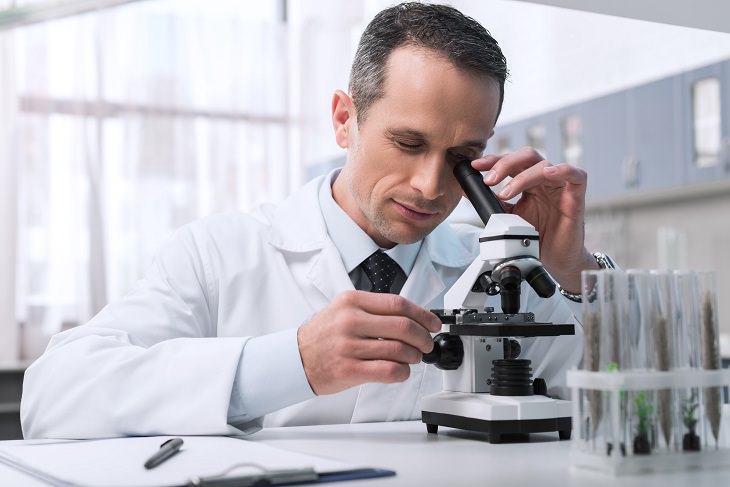
A team of researchers from the University of East Anglia has discovered a possible new drug target in a class of bacteria which could eventually pave the way for a new generation of antibiotics that could help to fight this ever-growing problem of antibiotic resistance.
The team investigated a class of bacteria known as Gram-negative bacteria. The bacteria species within this class cause a variety of infections such as meningitis, pneumonia, and blood and wound infections. These particular bacteria possess a unique outer membrane which is difficult for drugs to pass through, providing inherent resistance to numerous antibiotics.
A major component of this outer membrane is a molecule known as lipopolysaccharide (LPS) which helps to stabilize the lipid membrane and also plays a key role in protecting the bacteria from toxic compounds. Although scientists already knew which bacterial proteins were involved in the transport of LPS to the outer membrane, the mechanism was poorly understood until now.
These researchers discovered that a complex of two transport proteins, LptD and LptE, form a barrel and plug structure that helps to pull LPS molecules from the inner membrane to the outer membrane where a portion of the LPS can then be inserted into the outer leaflet.
The lead researcher, professor Changjiang Dong, says that “we have identified the path and gate used by bacteria to transport the barrier building blocks to the outer surface. Importantly, we have demonstrated that the bacteria would die if the gate is locked. This research provides the platform for urgently-needed new generation drugs.”
While this research is in its infancy, the scientists believe that if they can develop compounds that target this system then they may have an effective way to combat multi-drug resistant bacteria. To add to this, they also believe that these drugs would be difficult for bacteria to evolve resistance to since they will not actually need to enter the bacteria.
Growing Antibiotics in Soil
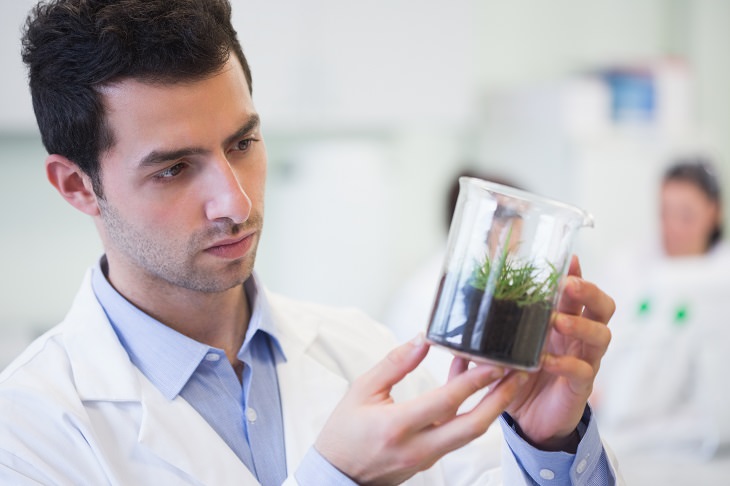
99% of microbes will not grow in laboratory conditions, leaving scientists frustrated that they could not get to their life-saving natural drugs. However, a team of researchers from Northeastern University in Boston Massachusetts has discovered a way of using an electronic chip to grow the microbes in the soil and then isolate their antibiotic chemical compounds.
They have discovered that the compound, Teixobactin, is highly effective against common bacterial infections such as Clostridium difficile, Staphylococcus aureus, and Mycobacterium tuberculous. Crucially, these scientists believe that bacteria will not become resistant to Teixobactin for at least three decades due to its multiple methods of attack.
Tests on mice have already shown that it works well at clearing infections without any side effects. The team is now concentrating on upscaling production so that it could be tested in humans.
This breakthrough was heralded by scientists who said it could prove to be a game-changer in the struggle against antimicrobial resistance.
Professor Laura Piddock, Professor of Microbiology at the University of Birmingham, said “The screening tool developed by these researchers could be a game changer for discovering new antibiotics as it allows compounds to be isolated from soil producing micro-organisms that do not grow under normal laboratory conditions.
The team’s research was published in the journal Nature.
Prevention and Control
Until new antibiotics are readily available, we can do all do our bit to reduce the impact and limit the spread of resistance.
Individuals
• Only use antibiotics when prescribed by a certified health professional.
• Never demand antibiotics if your doctor says you don’t need them.
• Always follow your doctor’s advice when taking antibiotics.
• Never share or use leftover antibiotics.
• Prevent infections by regularly washing your hands, preparing food hygienically, avoid close contact with sick people, practicing safe sex, and keeping your vaccinations up to date.
Health Professionals
• Prevent infections by ensuring that your hands, instruments, and environment are properly sterilized.
• Only prescribe antibiotics when they’re truly needed and according to current guidelines.
• Report any antibiotic-resistant infections to surveillance teams.
• Talk to your patients about how to take antibiotics properly and the dangers of misuse.
• Talk to your patients about preventing infections. For example, hand washing, safe sex, vaccination, and covering nose and mouth when coughing or sneezing.
Agricultural Sector
• Only give antibiotics to animals when they’re under veterinary supervision. Don’t use antibiotics for growth promotion or to prevent disease in healthy animals.
• Vaccinate animals to reduce the need for antibiotics and use alternatives to antibiotics when available.
• Promote and apply good practices at all steps of production and processing of food from animal and plant sources.
• Improve biosecurity on farms and prevent infections through improved hygiene and animal welfare.
 Go to BabaMail
Go to BabaMail








